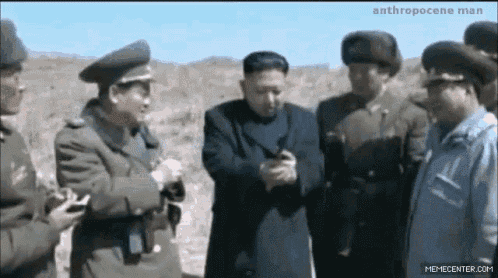http://www.msn.com/en-us/news/world/north-korean-ammunition-proves-fatal-for-russian-soldiers/ar-AA1kx1Qx?ocid=msedgntp&;pc=DCTS&cvid=475e4df6ec22491f926762d1bb15190c&ei=29

Tank destroyed by the explosion of faulty ammunition in the barrel. © X
The Russian Federation has come to regret accepting large consignments of equipment and ammunition from North Korea. These military supplies, donated by Kim Jong Un's administration, have turned out to be fatal for several Russian soldiers. The primary cause of this appears to be inferior quality ammunition produced in North Korean factories.
Reports of military equipment shipments from North Korea to Russian bases near the Ukrainian front started emerging in October 2023. The arrangement of arming the Russians by Kim Jong Un's regime began following a deal the North Korean leader struck with Russian officials during a visit to Russia. Although the quality of the equipment was subpar, it was intended to bolster the combative forces facing casualties at the front line. Now, it seems this equipment may be directly contributing to these losses.
American and British intelligence services have discovered that the main crux of the Kim-Putin agreement was the supply of ammunition to the Russian army. Soldiers engaged in Ukraine had been experiencing a shortage of ammunition, which led Russia to exploit its deepest reserves. The resolution of this issue turned out to be fatal for some Russian soldiers.
Once the Russians started using the ammunition sent by North Korea, they encountered unforeseen problems. The North Korean-made ammunition was of a poor standard and, as military experts projected, resulted in a significant rise in incidents of tanks and howitzers being destroyed or damaged due to premature shell explosions. Photos of the damaged vehicles began circulating on social media platforms.
In spite of Russia's substantial efforts towards arms production, there have been persistent issues with shortages in their military hardware. Even if the other essential components of a tank or howitzer remain intact after such an event, replacing the barrel â or both the barrel and turret â presents a significant challenge for the Russian industry.
Russia had set ambitious plans to manufacture about 600 tanks per year. However, its arms industry currently isn't even coming close to achieving half of that target. Furthermore, the raised production of rockets and artillery shells remains insufficient to keep pace with current usage rates, even with the additional shipments from North Korea.

